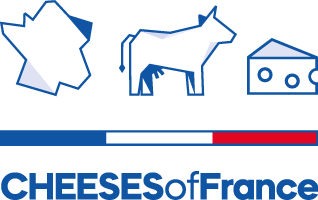Cheese families by surface type
France has over a thousand varieties of cheese. In addition to classifying cheese by consumption habits, they are often grouped on the basis of technical information. Discover the eight major cheese families by types of surface.

Soft cheeses with a bloomy rind
These cheeses undergo a controlled ageing process. Their rind is white and fluffy. The texture is smooth and creamy.
Examples: Camembert, Brie, Neufchâtel, etc.
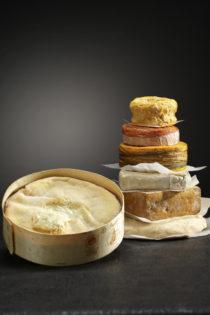
Soft cheeses with a washed rind
These cheeses have a moist rind orange in colour. They are famed for their strong odour, which contrasts with their flavour, which is milder.
Examples: Pont-l’Évêque, Maroilles, Mont-d’Or,...
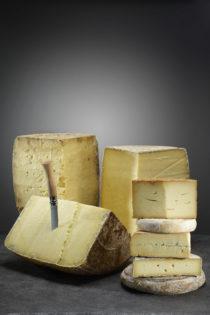
Uncooked pressed cheeses
The rind gives these cheeses their character. It is more or less thick depending on the maturation process, and gives them all their flavour and aroma.
Examples: Reblochon, Tomme de Savoie,...
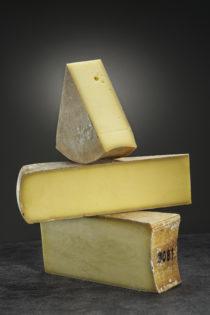
Cooked pressed
cheeses
These cheeses feature holes of varying sizes. They stand out for their texture, which is often tender, soft or firm, their finesse and their fruity aroma.
Examples: Comté, Gruyère, Emmental,...
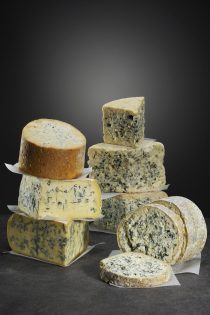
Blue-veined cheese or blue cheese
These cheeses tend to be found in mountainous regions. They are characterised by the blue mould that grows on their surface (Penicillium glaucum or Penicillium roqueforti).
Examples: blue cheese,...

Processed
cheeses
These cheeses are produced by melting cheeses or a mixture of cheeses.
Examples: Gruyère cream, processed cheeses with nuts, spreadable cheese, cheese cubes, mini snacks, etc.
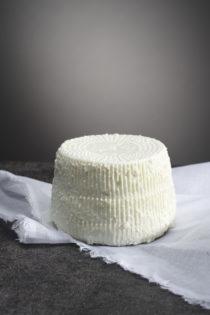
Fresh
cheeses
These cheeses are not matured. With their creamy, fondant texture, they have a mild flavour, slightly tangy, and sometimes with an added flavour.
Example: Jonchée d’Aunis, Brousse Provençale,...

Goat's and
ewe’s cheeses
With textures and tastes that are quite distinct from each other, they can be distinguished by their character.
Examples: Chevrotin, Chavignol, Pélardon,
Rocamadour, Chabichou du Poitou,...
How cheese is made
Using a few litres of milk, it is possible to create all sorts of varieties of cheese with wildly different tastes and flavours. Classifying by type of surface distinguishes cheeses by cheese type and production technique. But surprisingly, the stages of the production process remain the same.
 繁體中文
繁體中文  简体中文
简体中文  한국어
한국어  Français
Français 